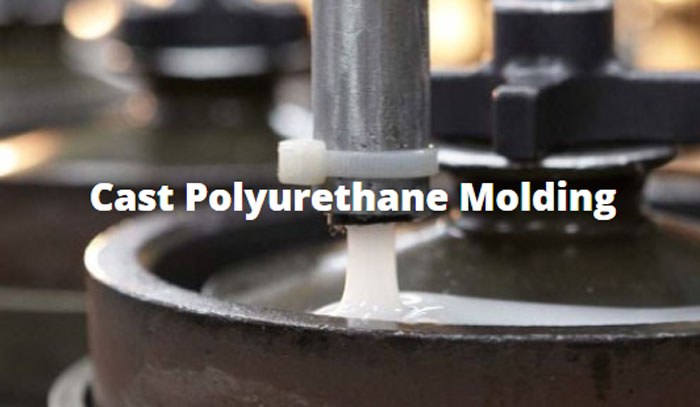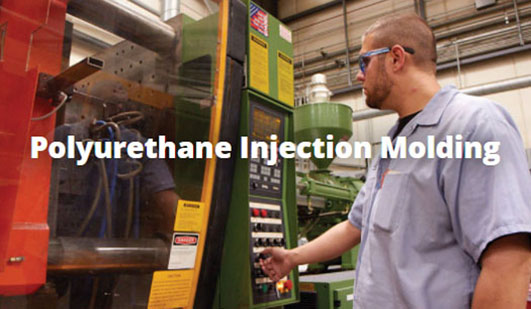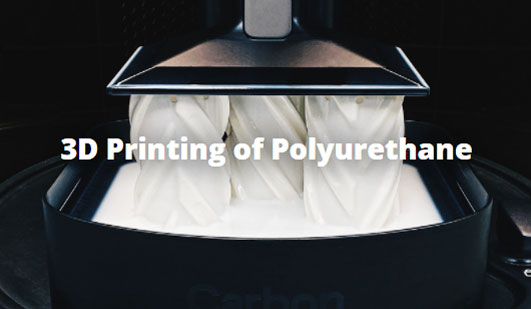
Polyurethane Molding Methods
The process used to make a polyurethane product

Polyurethane Molding Methods
The process used to make a polyurethane product
Why It Matters
There are many possible molding methods that will produce a polyurethane product. The key is to choose the right one for your project so that you get the optimal combination of performance, speed, and cost. Project aspects — like product size and shape, required dimensional tolerances, material selection, and production quantities — will impact the choice of best molding method.
The Gallagher Advantage
We have the capabilities and experience to mold your polyurethane product. Our molding versatility means that we choose the best molding method for each project — whether your project calls for cast molding, injection molding, or 3D printing. We provide the optimal combination of product performance, production speed, and manufacturing cost.
Polyurethane is poured into a mold at low pressure and allowed to cure. But don’t let the straightforward process fool you into thinking that cast polyurethane molding makes only simple products.
Molten polyurethane is injected into a closed mold at high pressure. The high-pressure forces the polyurethane to completely fill the mold cavity. The resulting product is net shape, or near net shape, directly out of the mold.
We don’t use a mold in 3D printing. We jump straight from liquid resin to solid product. This creates possibilities to make complex product geometries that would have been costly and time-consuming (or impossible) using traditional manufacturing processes.



